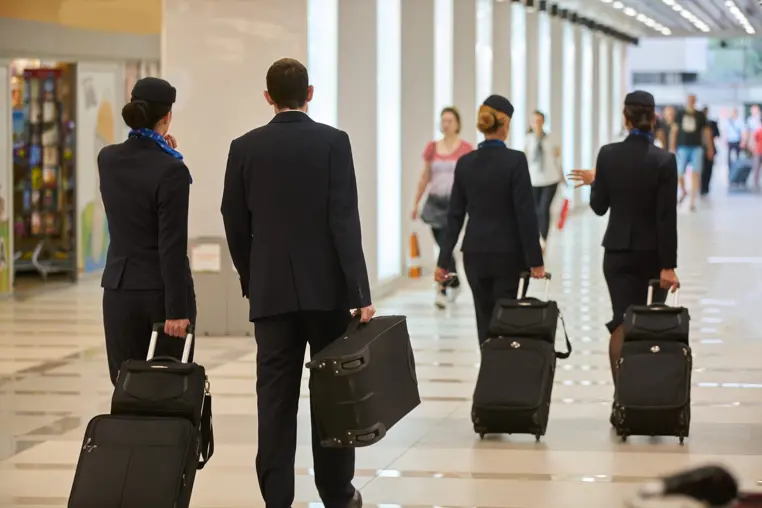Technology solutions provide a critical security layer against one of the greatest dangers facing commercial aviation
In order to support greater security without sacrificing employee efficiency, any preventative approach to criminal and terrorist acts carried out by airport employees must strike the right balance between people, process and technology.
Despite the fact that they must pass background checks, the last few years have seen many shocking – and sometimes deadly – examples of airport employees misusing their access to secure areas to smuggle drugs, weapons or explosive devices. In 2014, federal authorities disrupted a gun smuggling ring operating in Atlanta’s Hartsfield-Jackson airport. The following year, an employee at Egypt’s Sharm el-Sheikh airport was suspected of placing a homemade explosive device on Metrojet flight 9268, which exploded midflight and tragically killed all 224 people on board. Last year, a flight attendant at LAX was discovered trying to smuggle over 70 pounds of drugs in her bags. According to the Wall Street Journal, approximately 950,000 employees across more than 450 U.S. airports can use their credentials to access secure areas of an airport with little or no additional screening.
Addressing the gap in employee screening
Background checks, access control and limited entrances to secure areas have continued to be the main tools addressing the insider threat to aviation security. In 2016, the Washington Times reported that the Transportation Security Administration‘s (TSA) Peter Neffenger testified before the United States Senate that only three major U.S. airports require employees to pass through security screening before entering a secured area of the facility. Efforts to institute much wider employee security screening have come up against concerns about increased costs and reduced employee efficiency.
Employee screening needs to sit within an operating framework. Despite the fact that parts of the solution already exist, current measures have been proven incomplete. A layered security approach ensures the right procedures are deployed to achieve an effective deterrent, detection and identification capability. This requires people, process and technology all working towards the same end, ensuring there are no gaps in the combination of measures. To properly address a problem the TSA Inspector General has called “one of the greatest threats to aviation,” a truly comprehensive approach is needed and should include enhanced screening with the effective use of threat detection technology as part of the people, process and technology dynamic.
Seeing the Threat
The insider threat at airports can manifest itself in drug and/or weapon smuggling or, in extreme cases, the use of explosive devices in the facility or on commercial aircraft. To stop it, airport security needs to be able to see it – airports not screening employees moving into secure areas are operating blindly with no idea what someone may have in a bag, package or about their person as they move around. By establishing security screening in designated areas, airport operators can gain the necessary visibility into potential insider threats.
Airports today have access to a full suite of technologies designed to provide overlapping layers of security which can address these threats. For example, multi-view X-ray offers a very complete picture of anything hidden inside bags and packages, including recognising solid and liquid explosives. Hand-held Explosives Trace Detection can detect even trace amounts of explosive residue on any item and also on hands or clothing. Advanced millimeter wave (mmW) people scanners can identify the presence of weapons and contraband hidden beneath clothing. Used in combination, these technologies can make it significantly easier for airport authorities initially to discover potential threats from employees and then carry out further investigation using secondary screening.
